Tel Aviv
Liselotte Grschebina
1935–1945
Image
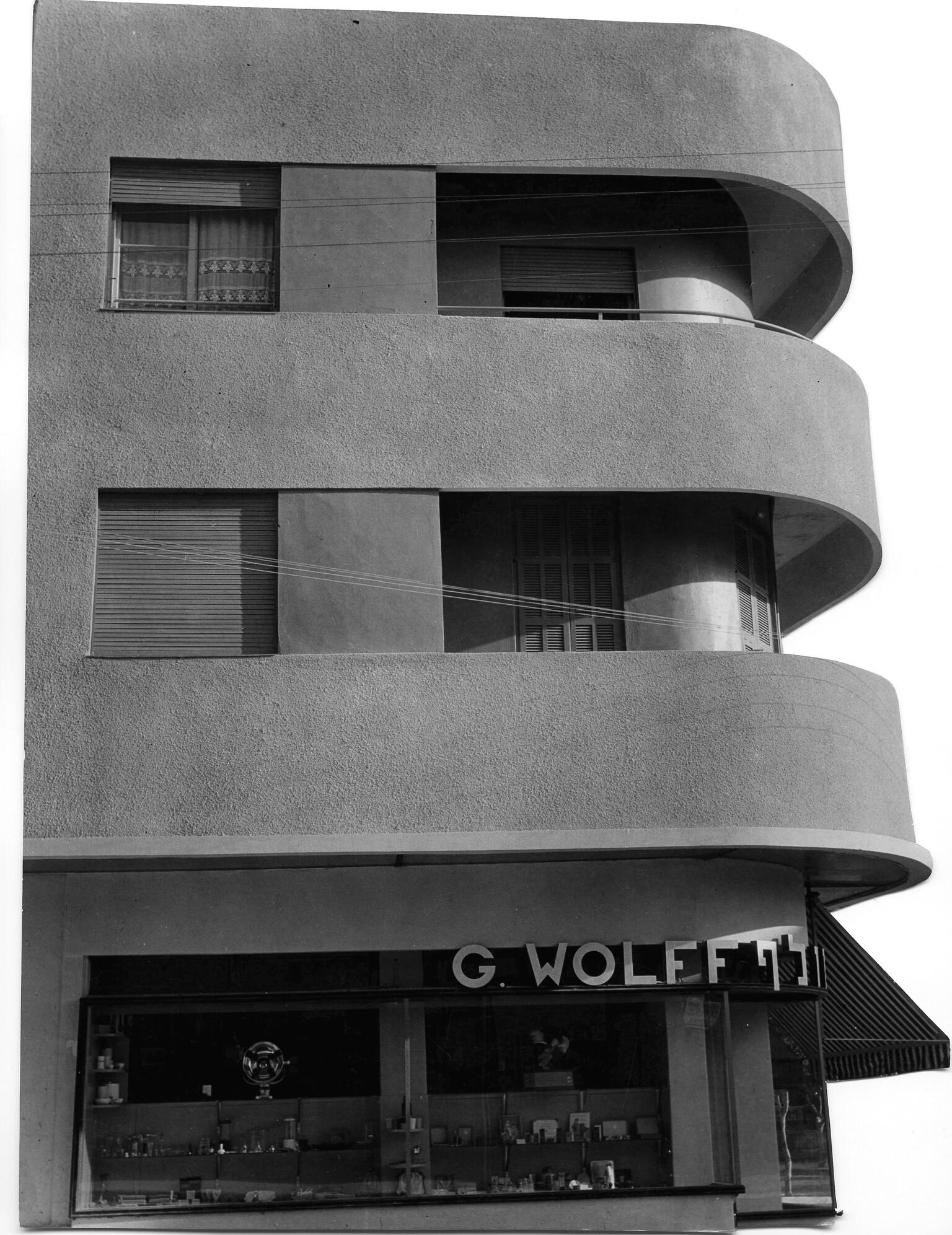
Engage with this Source
Creator Bio
Liselotte Grschebina
1908–1994
The photographer Liselotte Grschebina was born in Karlsruhe, Germany. She and her husband settled in Tel Aviv in 1934. From the 1930s to the 1950s, she took photographs for WIZO, the Palestine Railways, the dairy cooperative Tnuva, kibbutzim, and various businesses. Her work was innovative and startling, portraying subjects through surprising vantage points, strong diagonals, and the play of light and shadow, techniques she had learned in Weimar Germany during the early-twentieth-century revolution in photographic art.
Related Guide
Visual and Material Culture in the Mid-Twentieth Century
1939–1973
Jewish visual art flourished and diversified in the postwar period, reflecting the social and political transformations taking place in the world.
Restricted
Image
Places:
Tel Aviv, Mandate Palestine (Tel Aviv, Israel)
You may also like
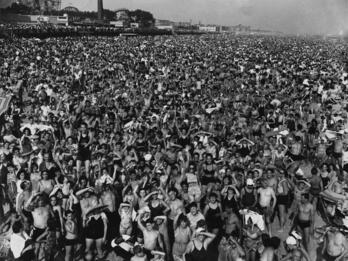
Coney Island Beach
Weegee, known for his boundless energy and the wildly diverse subject matter to which he was attracted as a photographer, shot this photograph on a hot Saturday in July 1940 for the left-wing tabloid…
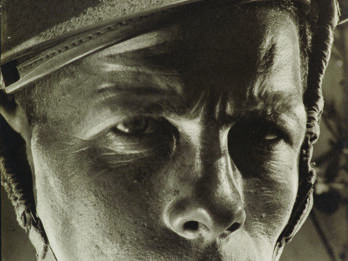
From the series Jewish Soldiers
This series by Helmar Lerski pictured Jewish soldiers fighting with the British Army during World War II—all in all, about a hundred men and women. All the portraits are in Lerski’s distinctive…

Father and Sons
Yosl Bergner was only twenty-one years old and living in Australia when he painted this bleak picture. Many of his paintings were drawn from memories of his childhood in Warsaw but he also portrayed…
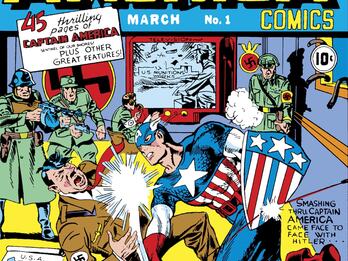
Captain America, no. 1, cover
Captain America, the eponymous hero of this comic series, was given a backstory similar to that of one of his creators, Jack Kirby. Like Kirby, Captain America was born on New York’s Lower East Side…
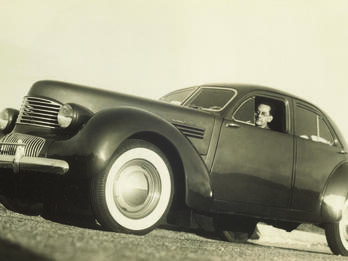
Self-Portrait in Graham Hollywood Car
In 1940, Man Ray fled France to escape the Nazi occupation and temporarily settled in Los Angeles. There he established a studio and made a living by his photography (in Paris, he had worked as a…

Refugees
Refugees is very different in style from Josef Herman’s later work. In 1948, the artist disowned his earlier paintings (which he felt were too derivative of Chagall’s paintings) and destroyed most of…

